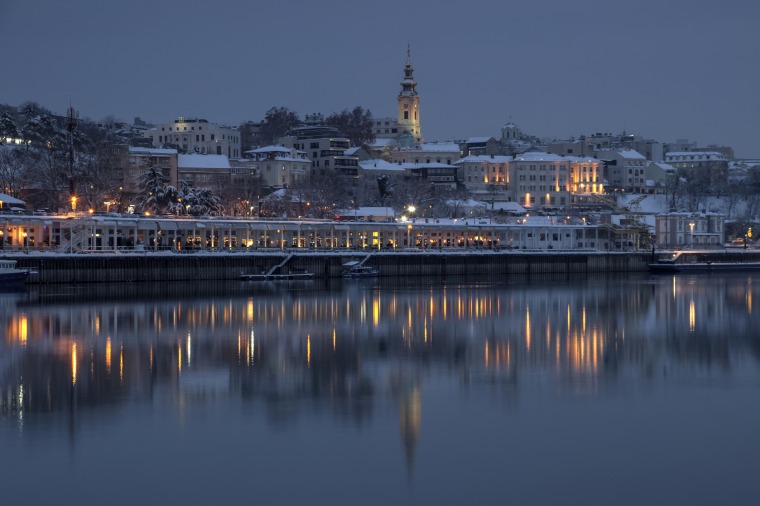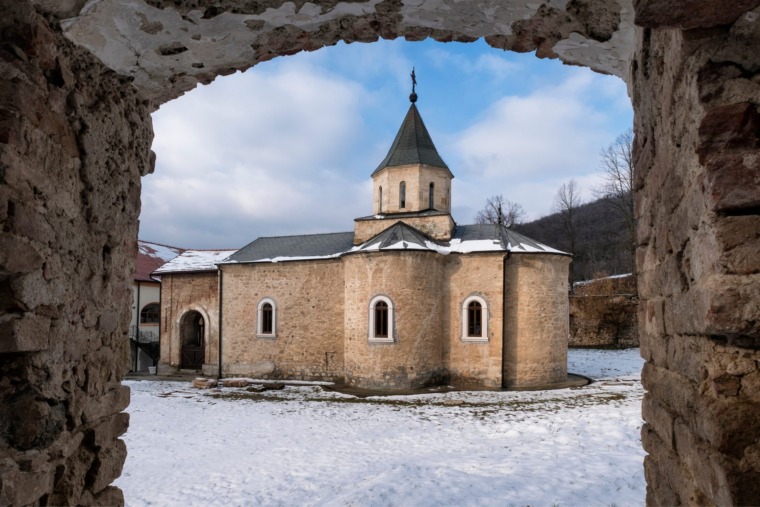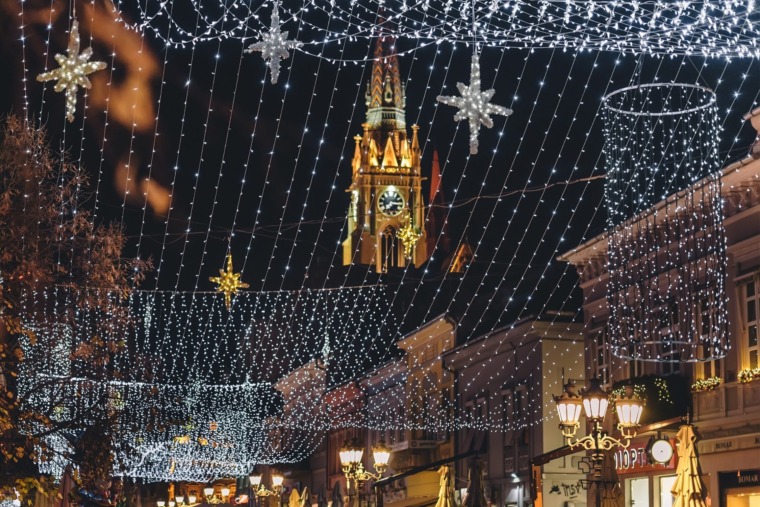
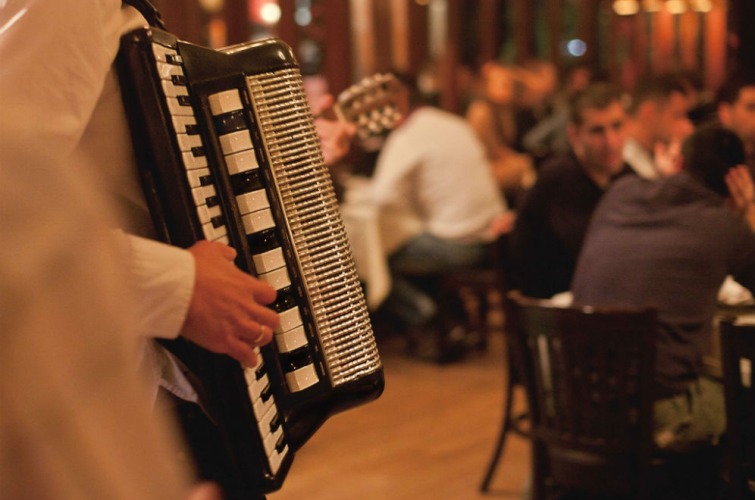
Even though it doesn’t originate from Serbia, the accordion has become a significant part of its identity. Its powerful music without which no celebration can be imagined became popular among people, and the most popular is the accordion called “dugmetara” (the Bayan accordion).
As a part of music tradition of numerous nations, the accordion sounds quite different and has a specific character depending on the region. Though used in classic music, in Serbia the accordion has established itself above all in folk music and in its temple – kafana (traditional restaurant). That is the reason why in combination with trumpet and tambura it is responsible for fervent atmosphere that is the obligatory part of nights spent in kafana.
Till dawn, groups of young and old, men and women, would leave their last dinars in bellows of the accordions. The accordion player, whose fingers arouse guests’ emotions, is the star of the evening and the creator of fervent atmosphere mostly accompanied by the violin, the guitar and the contrabass.
Guests would “order” songs, hoping that the next one would be their favorite one. However, no matter which song the orchestra would play, all guests in kafana, already mingled, would sing it together, and often they would encourage the orchestra by breaking glasses, which is a sure sign that the orchestra is doing a good job.
A half a century ago on wagons that passed on streets and through villages, with the sounds of the accordion numerous first loves were born. Perhaps once it was the only way for young men and women to meet and win over some sympathies through dance, and kolo became unthinkable without the accordion.
Intensive and strong sound of the accordion soon took over the spirit of Serbian people. It crawled into every celebration, weeding, kafana, grape harvest, kolo, village…
At first it was played timidly, in kafanas and intimately, but as time passed, the accordion gained on significance, so the first Serbian accordion musicians appeared and they left their mark in the history of the accordion.
First among them was Aleksandar Todorović Krnjevac who transferred his knowledge to his son Miodrag Mija Krnjevac. Mija was such a great musician, that there is even the so called “Mija’s style” still popular among Serbian accordion players. Members of the Krnjevac family are also the authors of numerous famous folk kolo dances.
One night in August in 1935 in Kragujevac, at the competition of the accordion musicians of Yugoslavia, the audience silenced when a gentile girl dressed in traditional folk costume appeared on the stage and started playing the big accordion with her thin fingers.
Serbia got its new star of the accordion music remembered by numerous generations – Radojka Tomić-Živković. Radojka played for years, she formed her personal style and through her refined female taste she introduced sensibility and folk motifs into her music.
Serbian accordion players prefer the “dugmetara” (the Bayan accordion) much more to classic piano accordion. Even though this name is not entirely precise since all types of accordions have buttons, it differs from others as it is a 6-row accordion of B system with flat keyboard, cabin, it is mostly quadrangular in prime and five souds in bass.
This sixth chord row in the right hand is specific for our region and it is rarely used in other countries. This type of the accordion is popularly called the “Serbian accordion dugmetara”.
The popularity of this instrument reflects in winnings of our accordion musicians at competitions around the world. One of them is the famous Serbian singer Željko Joksimović who in 1984 won the award of the “First accordion in Europe” at the competition in Paris. In 2011 Nenad Ivanović was the winner of the World’s Cup of Classic Accordion.
Successes of our accordion musicians set Serbia at the center of art of classic accordion in the world. It is being studied at Academies across the country, and it is still the favorite instrument beside the trumpet and the tambura.
Related Articles

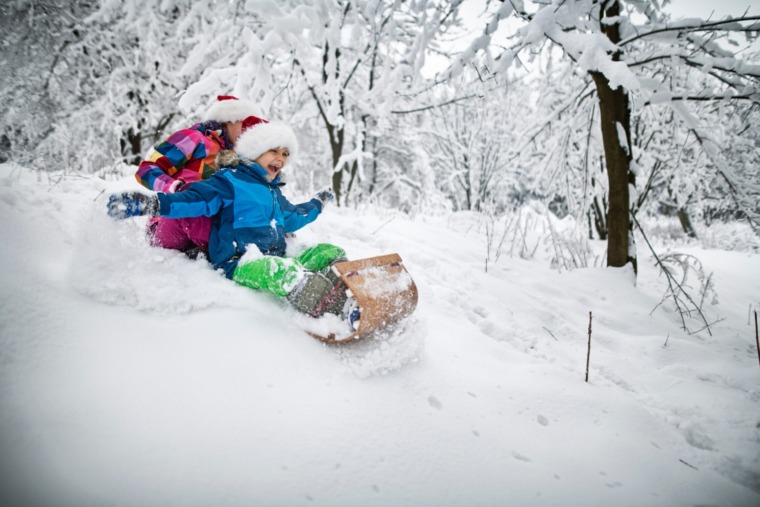
What to Do with Kids in Serbia: Family-Friendly Holiday Ideas
December 14, 2025
Winter Wine Escape: Serbia’s Most Beautiful Holiday Wineries
December 11, 2025